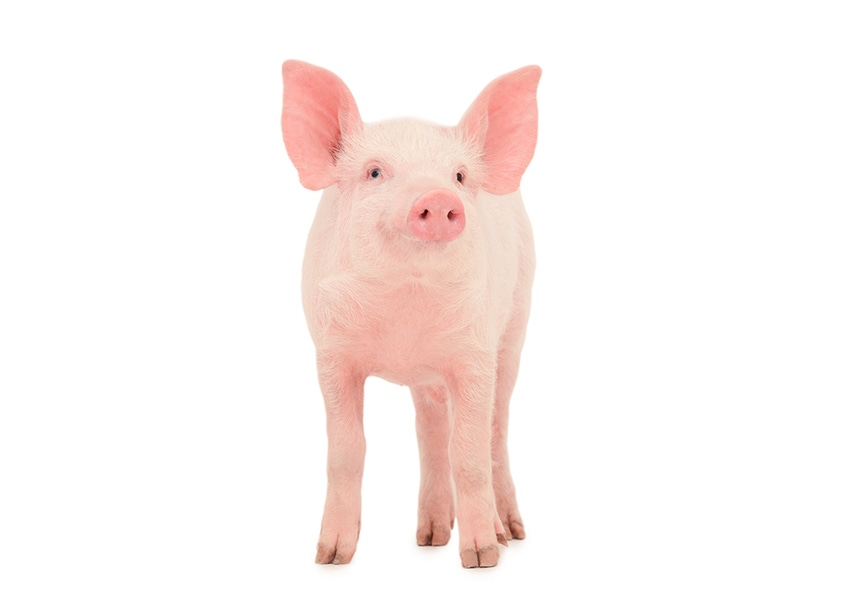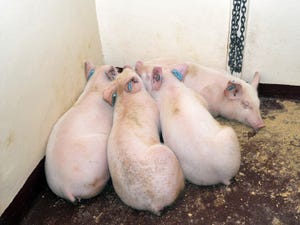Feeding the world and saving lives
The pigs in your barns are a factory producing countless products to make your life, and the world, better.

The world loves U.S. pork, and who can blame them. But the world also loves the hide of the hog.
According to the U.S. Hide, Skin and Leather Association, 2017 saw the exports of U.S. pigskins rise 48% in value to $48.6 million. In today’s climate of value-added marketing, the pig (and most livestock) are amazing creatures when you think about all that we owe our four-legged revenue streams.
The Pork Checkoff says a single 3-ounce serving of pork is a good source of potassium, riboflavin and zinc, and an excellent source of vitamin B6, thiamin, phosphorus, niacin and protein. U.S. pork feeds the world, but the hog does oh so much more.
Even though footballs are called “pigskins,” the American football is made of cowhide or rubber, but at one time they were made of animal bladders. Even though pigskins aren’t being kicked or thrown around on Friday nights, Saturday or Sunday afternoons, the skins of pigs are still quite useful. Skins are used for porcine burn dressings for burn victims and gelatins, and not to mention garments, gloves and shoes.
Giving an entirely new meaning to going whole hog, hardly anything that leaves your barn is wasted. As the old saying goes, “We use everything but the oink.”
Second to meat, the pharmaceutical world owes a lot to the great porcine. Nearly 20 drugs and pharmaceuticals come from the pig’s adrenal glands, blood, brain, gall bladder, heart, intestines, liver, ovaries, pancreas gland, pineal gland, pituitary gland, spleen, stomach and thyroid gland.
There are also a number of everyday items that originate in a pig; things that you would never think of, or maybe don’t want to think about.
Did you know that dried bones are used to make water filters? Did you know that blood is used as a plywood adhesive? Or that fatty acids and glycerin are used to make linoleum? So, you could walk on a hog’s fatty acid flooring with a pig’s blood underlayment to get a glass of water that was filtered through pigs’ bones. That may be too much to even think about. The Pork Checkoff offers quite a bit more for you to chew on when you think about how wonderful the pig is to provide so much for us.
Not only are you pig farmers feeding and clothing the world, you are also saving lives. That is a pretty awesome power that you have in raising an awesome creature.
Now, if we could just find some use for the oink.
About the Author(s)
You May Also Like



